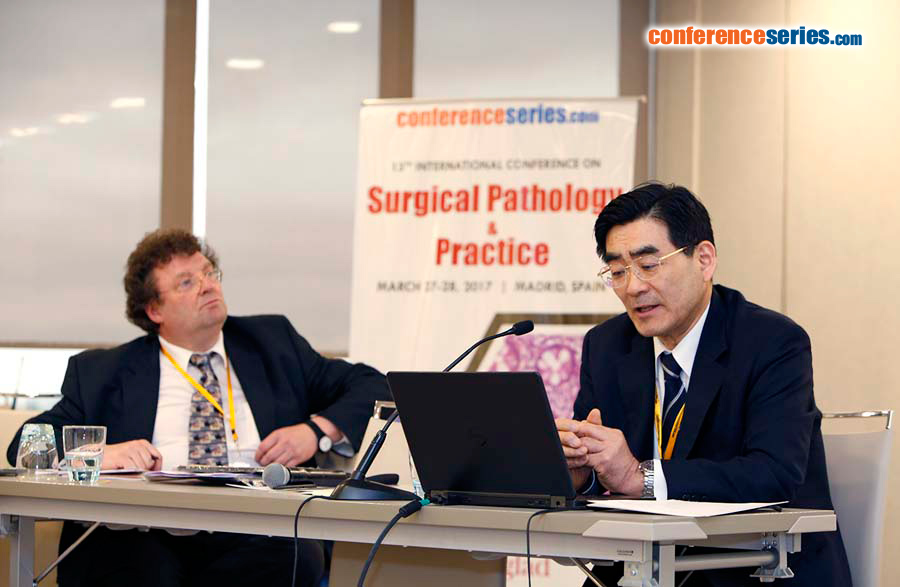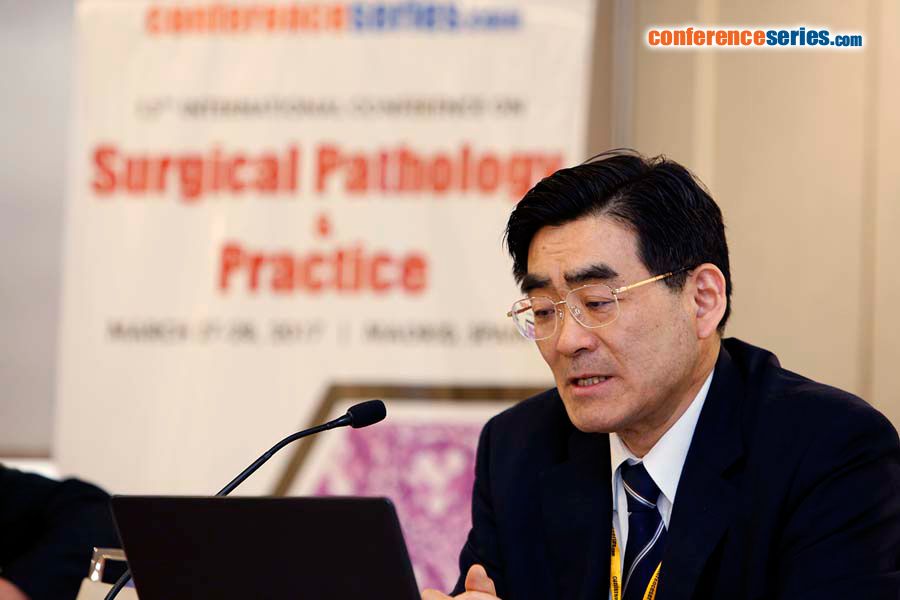
Shigeru Hirabayashi
Teikyo University of Science, Japan
Title: Principles and surgical technique of cervical laminoplasty
Biography
Biography: Shigeru Hirabayashi
Abstract
The principles of cervical laminoplasty are to decompress the spinal cord posteriorly for patients with spinal canal stenosis at multiple levels and/or anterior space occupying lesion at two or more levels, to preserve the posterior anatomical structures as much as possible, and to steadily maintain the enlarged spinal canal by using spacers. Cervical laminoplasty is divided into two types from the viewpoint of osteotomy site: Open-door type and Double-door type. Although the clinical results are about the same, each has advantages and disadvantages. In Open-door laminoplasty, after making a longitudinal groove of 3 mm in width along the lamina-facet junction line at the hinge side, the groove at the open side is severed longitudinally. Next, the spinous process is tilted and the hypertrophied ligamentum flavum is resected. Finally spacers are fixed. This method has advantage of easier decompression procedure because two longitudinal grooves are made. However, the pathological findings at the hinge side cannot completely be visualized. The postoperative posterior skeletal structures of the cervical spine become unsymmetrical. In double-door laminoplasty, after splitting the spinous processes and lamina centrally, a longitudinal groove of 3 mm in width is made bilaterally at the lamina-facet junction line. After opening the split spinous processes in a double-door fashion, the hypertrophied ligamentum flavum is resected. Finally spacers are fixed. This method has advantages of direct visual confirmation of bilateral decompression. The postoperative posterior skeletal structures of the cervical spine remain symmetrical. However, central split just above the dorsal surface of the dura mater is technically demanding.






